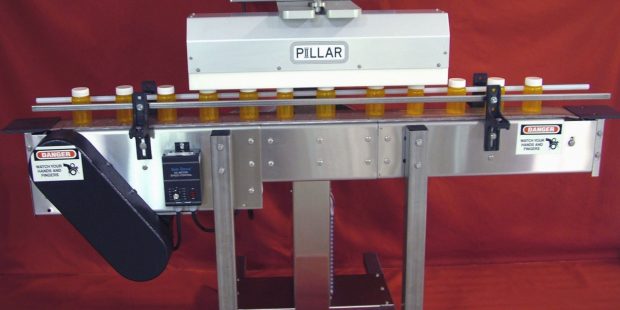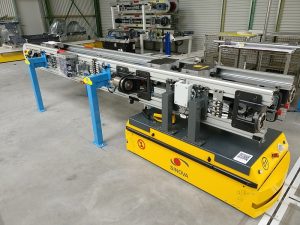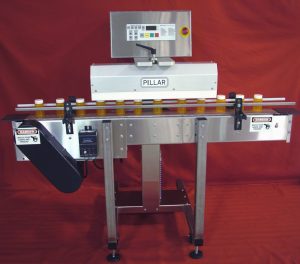
Vacuum conveying systems are widely used in industry. They are a safe and convenient way to move bulk dry goods from one place to another, particularly if these goods are potentially hazardous for operators to handle.
If you are considering installing a new conveying system in your premises or updating an existing one, here are six things you need to consider:
1. What are the characteristics of the product?
One of the first considerations when designing your vacuum conveying system is the size and density of your product. How easily it flows will also affect the types of equipment required and the rate at which the system should convey your product.
As one of the features of a vacuum conveying system is that it is entirely enclosed, you can be certain that your product will be safer to handle and move. Dust of any type can be dangerous to your employees, which is why the Health and Safety Executive provides guidance.
2. How far does the product need to travel?
In addition to the type of product you are moving, you need to think about the distance it needs to travel. The further you need to move the product, the larger the pump you are likely to need. If you are looking for a vacuum conveyor for your business, companies such as aptech.uk.com/pneumatic-conveying-systems/vacuum-conveying/ supply a range of systems and can discuss your requirements with you.
3. What type of collection containers are required?
The type of container required to transfer the product onto the production line is another factor that needs to be determined at the outset.
4. Does it need to fit with existing equipment?
Is there any specific equipment already on site that the system needs to integrate with? As an example, do you already have feeder devices that you wish to continue to use?
5. How much space do you have on site?
For any new equipment, space will be a key consideration; for a vacuum conveying system, it is not just square footage that you need to think about but also headroom.
6. Where is your plant located?
Environmental factors, such as altitude, can have a big impact on the type and size of pump required. Make sure that you are clear about the location of your plant when discussing your requirements with a supplier.


